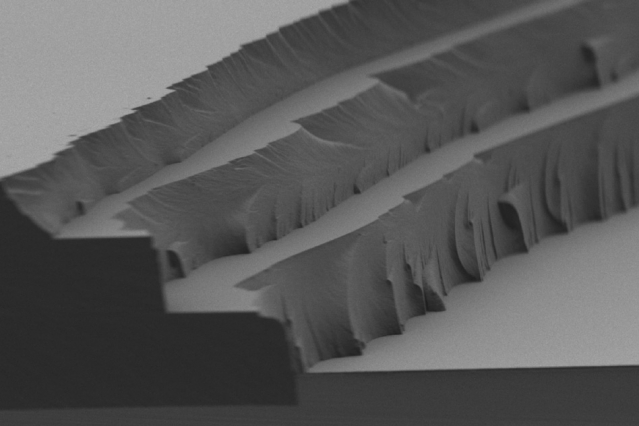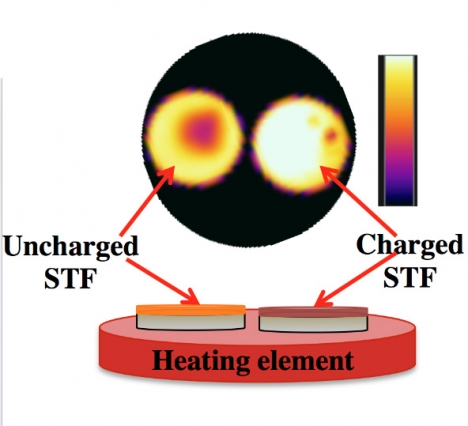Engineers develop material that stores solar energy, then releases it whenever you need it
Engineers from the Massachusetts Institute of Technology have developed a material that can store solar energy during the day and then release it in the form of heat, whenever you need it.

The discovery could pave the way to futuristic concepts like heated clothing on demand or even car windshields that release burst of heat to melt away ice since the transparent polymer film can be applied to different surfaces.
MIT professor Jeffrey Grossman, along with students David Zhitomirsky and Eugene Cho discovered that the key to long-term, stable storage of solar heat is to store it in the form of a chemical change rather than storing the heat itself. Since heat will dissipate over time, regardless of insulation, but a chemical storage system can retain the energy indefinitely in a stable molecular configuration, until its release is triggered by a small jolt of heat (or light or electricity), it proved to be a valuable solution to work with.

According to MIT, the trio discovered that they key to making this work is a molecule that can remain stable in either of two different configurations. When exposed to sunlight, the energy of the light kicks the molecules into their “charged” configuration, and they can stay that way for long periods. Then, when triggered by a very specific temperature or other stimulus, the molecules snap back to their original shape, giving off a burst of heat in the process.
The materials are known as solar thermal fuels (STF) and this isn’t the first mention of them. Grossmad had previously developed them, but found they had limited use in applications because they were designed to be used in liquid solutions. Having put a different spin on the material, they found it effective.
The team will continue to improve the film’s properties, beginning with its transparency. They will also try to get it to release a burst of temperature that is 20 degrees Celsius above the surrounding temperature (up from its current position at 10 degrees Celsius above).
Story via MIT.

Comments are closed, but trackbacks and pingbacks are open.